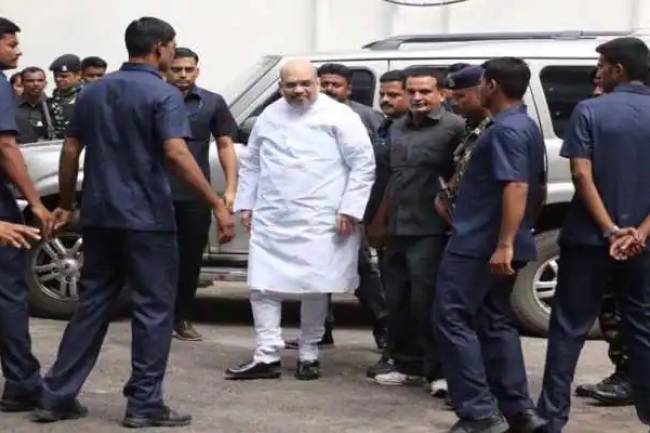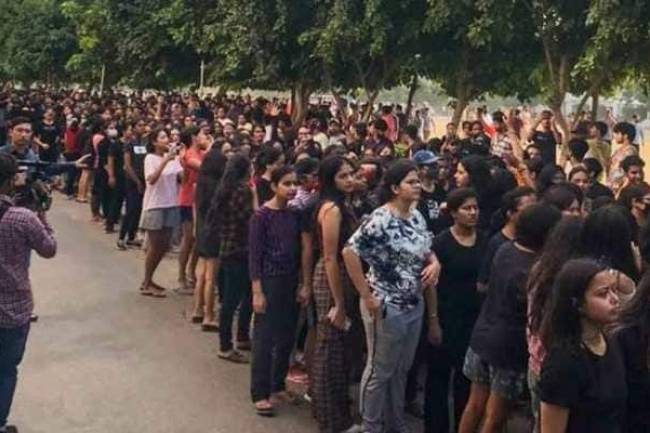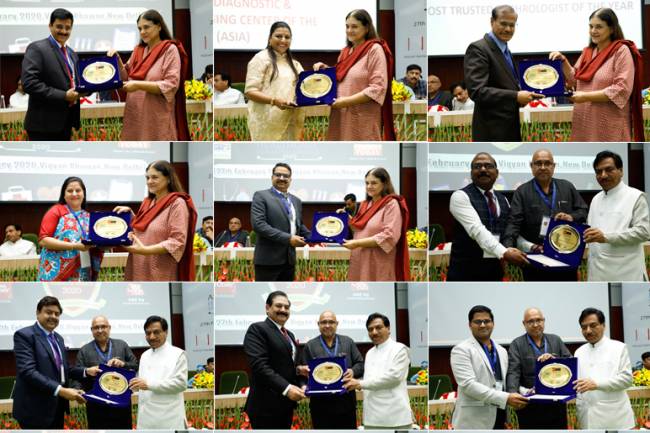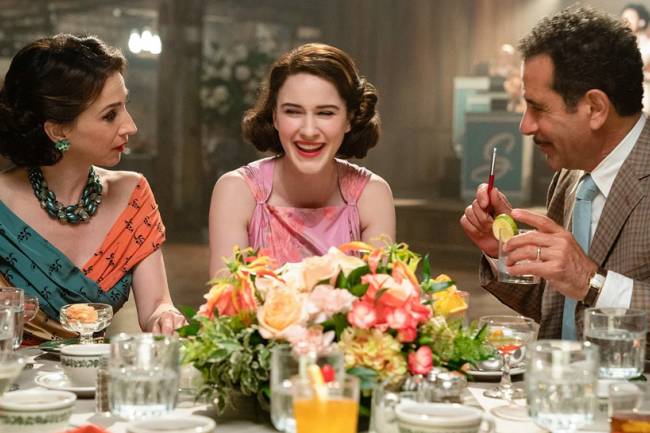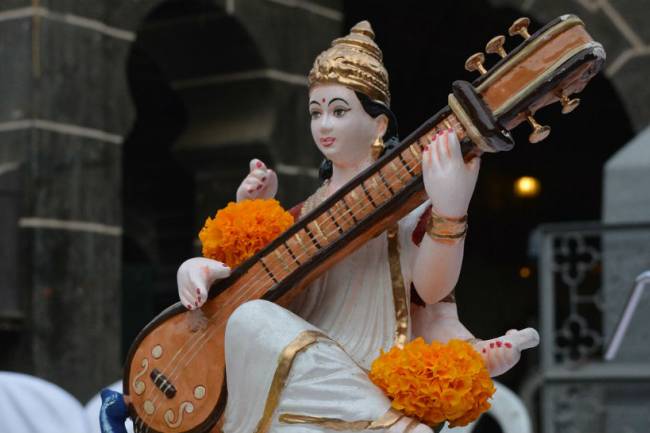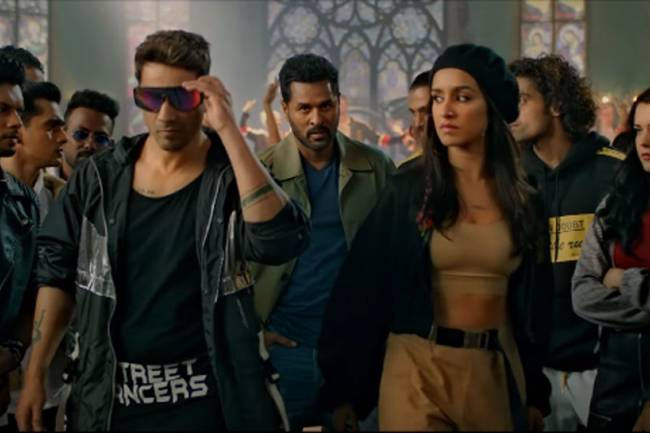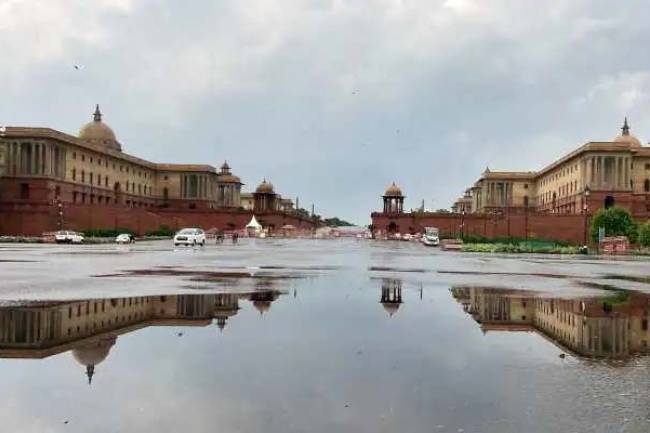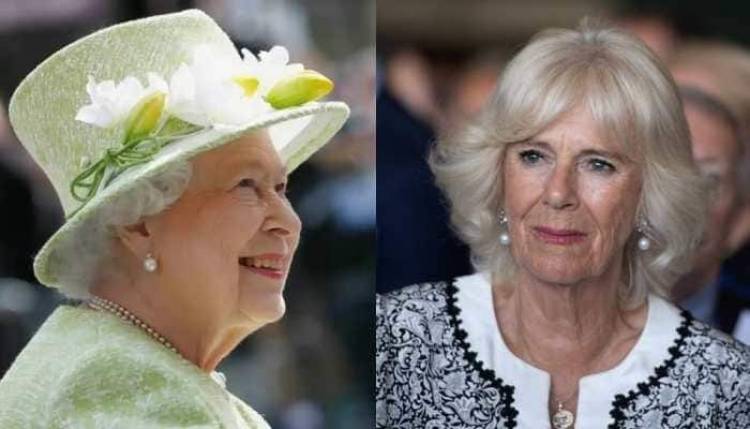
Camilla gets a post without sovereign's powers - Read what is difference between Queen and Queen consort
A queen consort is the female partner, spouse or companion to the King. The consort is not a formal role, and is different to the queen regnant, who is the ruler in their own right, like Queen Elizabeth II.
New Delhi: After seven decades, the United Kingdom has a new woman to call queen. Charles' wife, Camilla, the Duchess of Cornwall, would take the title, even though it gives her none of the sovereign's powers. Camilla will be known as Queen Consort - a title that came with Queen Elizabeth II's blessing after years of contention, dating back to the days before she even married Prince Charles.
It wasn't always a given that the 75-year-old Camilla would take the title. Even though in general, the wife of a king is traditionally crowned queen, the question of what title Camilla would hold when Charles became king had been a tricky one for many years.
That was due to sensitivity about her status as his second wife and the wave of grief that washed over Britain following the death of his former wife, Princess Diana, in a car crash in 1997.
By custom, Camilla will be anointed at Charles' coronation, although that could be omitted.
In a 2010 interview with NBC, Charles was asked if Camilla would become “Queen of England, if and when you become the monarch.” He hesitated as he replied, “That's, well ... We'll see, won't we? That could be.”
The question was resolved when Elizabeth declared she wanted Camilla to be known as Queen Consort after her son became king.
What is the difference between queen consort and queen regnant?
It may be noted that a queen consort is the female partner, spouse or companion to the King. The consort is not a formal role, and is symbolic of the support the person gives the monarch. It is different to the queen regnant, who is the ruler in their own right, like Queen Elizabeth II.
What are the powers monarch enjoys in UK?
Monarchy is the oldest form of government in the United Kingdom. In a monarchy, a king or queen is Head of State. The British Monarchy is known as a constitutional monarchy. This means that, while The Sovereign is Head of State, the ability to make and pass legislation resides with an elected Parliament.
The sweeping nature of the constitutional powers Queen Elizabeth II held - to appoint and dismiss ministers, regulate the civil service, issue passports, declare war, make peace, direct the actions of the military, and negotiate and ratify treaties, alliances, and international agreements – were tolerated within a modern democracy precisely because they were sparingly used.
In addition to the UK and Australia, the Queen was also the head of state in Antigua and Barbuda, the Bahamas, Barbados, Belize, Canada, Grenada, Jamaica, New Zealand, Papua New Guinea, Saint Kitts and Nevis, Saint Lucia, Saint Vincent and the Grenadines, Solomon Islands, and Tuvalu.
About Camilla, the Duchess of Cornwall
Over the decades, Camilla has won over large parts of the British public with her discretion, down-to-earth personality and loyalty to her husband.
Charles and Camilla got married in 2005 in a private ceremony at the Guildhall in Windsor.
Since then, Camilla has taken up dozens of royal duties. She is patron or president of more than 90 charities, and has shown particular interest in work on animals, promoting literacy and empowering women. She also has found her voice as a public speaker, earning respect by campaigning about difficult issues such as sexual violence against women and domestic abuse.

